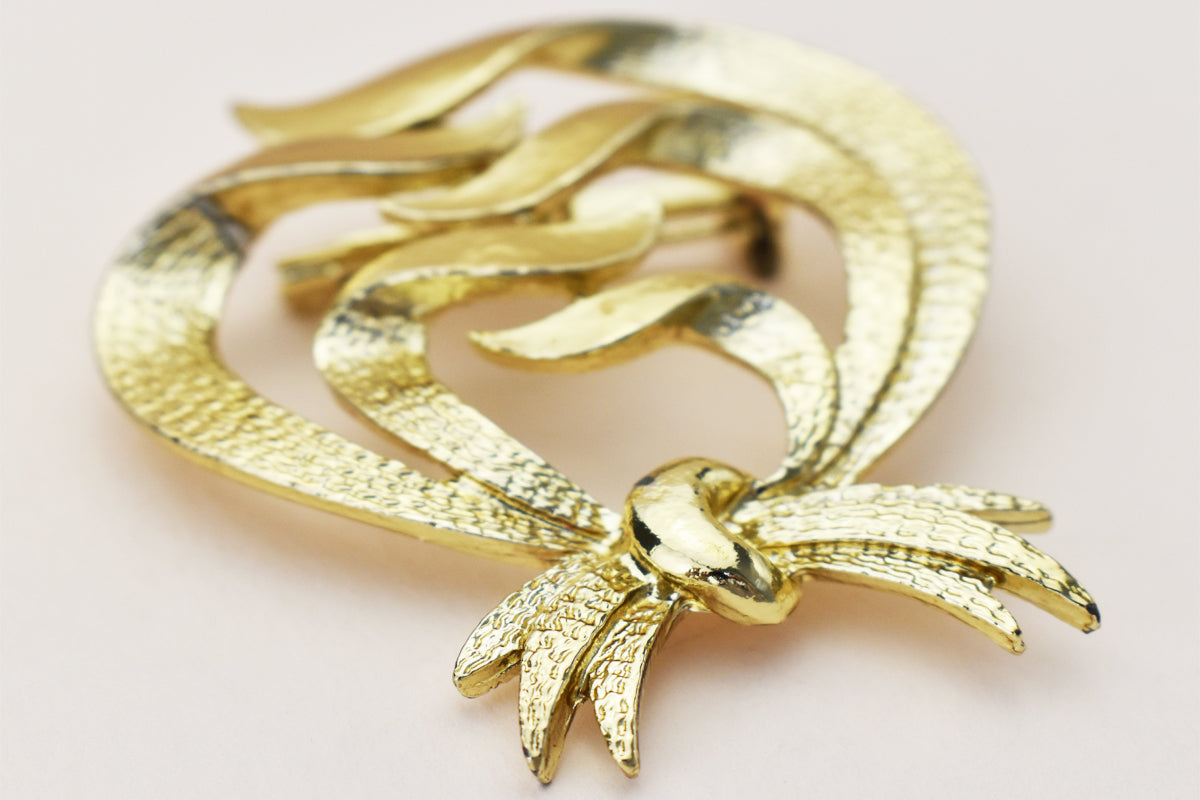More Than a Jewel: How Pre-Columbian Designs Enclose the Soul of a Civilization
Pre-Columbian designs are more than mere decorations; they are profound expressions that reveal the soul of a rich and complex civilization. These patterns and symbols, present in jewelry, textiles, and other crafts, reflect the worldview, beliefs, and values of the cultures that created them. This blog explores how these designs not only beautify but also encapsulate the essence of a civilization, highlighting its history, meaning, and the emotional connection they establish with their creators and contemporaries.
The Cultural Legacy of Pre-Columbian Designs
Pre-Columbian designs constitute a cultural legacy that has endured over the centuries. These artistic expressions are the result of traditions passed down from generation to generation, evolving and adapting over time. Each design tells a story, and through them, one can understand the identity of the civilizations that created them. From the Nazcas to the Incas, each pattern and symbol encapsulates a historical context that connects the past with the present. This legacy is not only a testament to human ingenuity but also a reminder of the rich cultural diversity that existed in America before the arrival of Europeans.
The Symbolism in Designs
Symbolism plays a fundamental role in understanding pre-Columbian designs. Each symbol has a specific meaning that reflects the beliefs and values of the civilization that creates it. For example, the chakana, or Andean cross, symbolizes the connection between the material and spiritual worlds. Other symbols may represent elements of nature, such as the sun, moon, and earth, or important deities. These designs function as a visual language that communicates complex and deep concepts, allowing creators to express their worldview and establish an emotional connection with those who contemplate them. The symbolic richness of these patterns enriches pre-Columbian art and reveals the profound spirituality of these cultures.
Craft Techniques in Creation
The creation of pre-Columbian designs requires technical skills that demonstrate the mastery of artisans. In jewelry making, techniques of goldsmithing involve the use of precious metals and semi-precious stones, where each piece is unique. In textile production, artisans use backstrap looms and natural dyes, extracted from plants and minerals, to create intricate and colorful patterns. These techniques not only highlight manual dexterity but also reflect the intimate connection between the artisan and their environment. The transmission of these skills from generation to generation ensures that cultural knowledge remains alive, thereby enriching the civilization's heritage.
The Influence of Nature in Designs
Nature is an inexhaustible source of inspiration for pre-Columbian designers. Natural elements such as animals, plants, and celestial phenomena find their way into designs, creating a rich interplay between art and environment. For example, representations of felines and birds are not only decorative but also symbolize qualities such as strength and freedom. This connection with nature reflects the worldview of civilizations, which see the world as an interconnected whole. By integrating nature into their creations, artisans not only honor their environment but also communicate a profound admiration and respect for the world around them.
The Emotional Value of Jewelry
Pre-Columbian jewelry transcends its ornamental function; it carries emotional and spiritual meanings. Many of these pieces are created for rituals, ceremonies, or as offerings to the gods, becoming sacred objects that carry the essence of the civilization. Moreover, jewelry is passed down as family heirlooms, creating an emotional bond between generations. This emotional value makes each piece unique, as it is imbued with stories and personal memories. In this sense, jewelry not only beautifies but also acts as silent witnesses to the history and feelings of those who wear them.
Influence on Contemporary Art
Pre-Columbian designs continue to inspire contemporary artists, who reinterpret these patterns in their works. The fusion of the ancient with the modern in current art demonstrates the relevance of these designs in the contemporary context. Artists from various disciplines, from painting to sculpture, incorporate pre-Columbian elements, creating a dialogue between the past and the present. This influence not only revitalizes interest in ancestral traditions but also fosters a greater appreciation for the cultural richness that these designs represent. By incorporating pre-Columbian aesthetics into their works, contemporary artists keep alive the memory of these civilizations and their artistic legacy.
The Importance of Preservation
The preservation of pre-Columbian designs is fundamental to keeping alive the history and culture of the civilizations that created them. Efforts to conserve these traditions include documenting techniques, promoting artisan workshops, and integrating these designs into cultural education. As interest in cultural heritage grows, so does the need to protect and celebrate these legacies. Preservation not only ensures that future generations know their roots but also fosters a sense of cultural identity and belonging. This connection to the past strengthens community and promotes respect for cultural diversity in a globalized world.
Pre-Columbian designs are much more than jewelry; they are bearers of the soul of a civilization. Through their symbolism, techniques, influence from nature, and emotional value, these designs encapsulate the history and beliefs of their creators. Their legacy endures in contemporary art and highlights the importance of cultural preservation. By appreciating and celebrating these designs, one recognizes not only their aesthetic beauty but also the depth of history they enclose. In this sense, pre-Columbian designs invite reflection on the richness of our own cultural identities.
Sources Consulted
- Berenguer, M. (2010). Textiles of the Andes: Historical and Contemporary Perspectives. New York: Thames & Hudson.
- Pino, A. (2019). The Architecture of the Inca Empire: An Analysis of Form and Function. Cusco: National University of San Antonio Abad of Cusco.
- Alan, M. (2015). The Art of the Inca Empire. Lima: Bruño Publishing House.
- Rowe, A. (1946). Inca Culture at the Time of the Spanish Conquest. Los Angeles: University of California Press.
Article originally published on [9/12/2023], updated on [10/23/2024]


